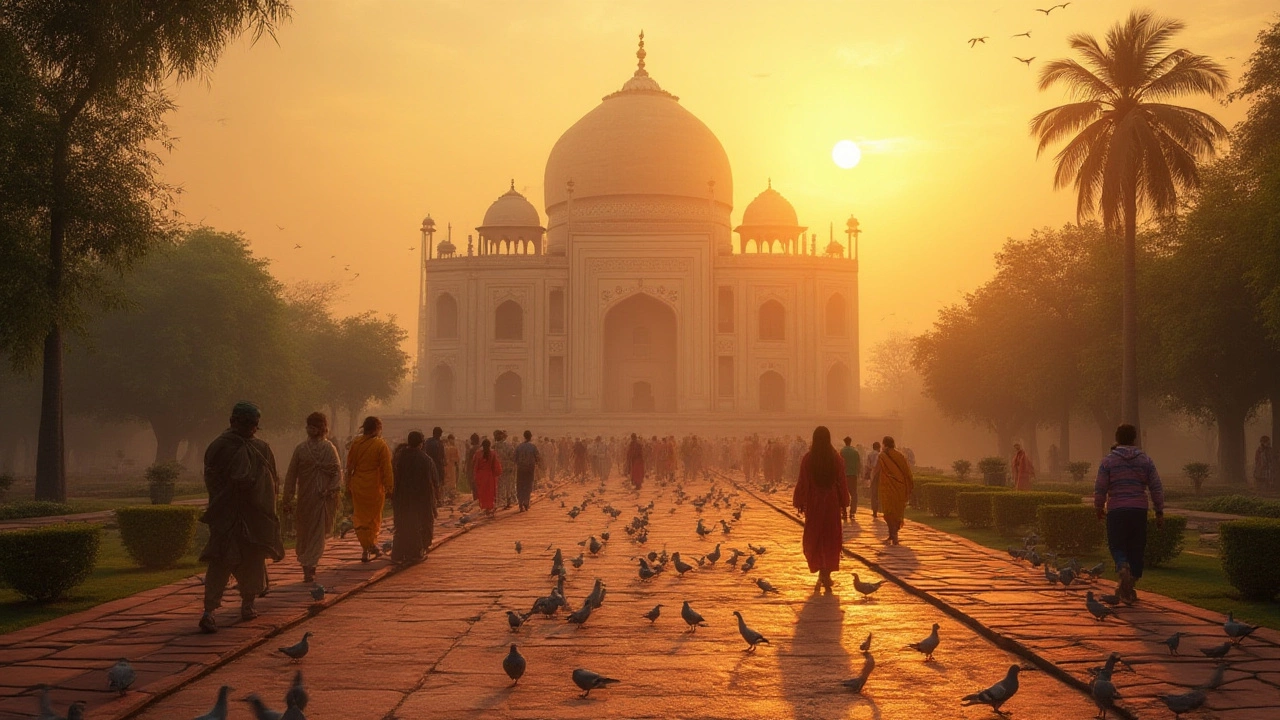
Indian National Monument: Facts, History, and Surprising Stories
Explore the story behind the Indian national monument—its origins, hidden stories, cultural impact, design secrets, and tips for visitors.
When you think of India Gate, a monumental archway in New Delhi built to honor over 70,000 Indian soldiers who died in World War I and the Third Anglo-Afghan War. Also known as the All India War Memorial, it stands as one of the most visited landmarks in the country—not just for its grandeur, but for what it represents. Unlike many colonial structures meant to celebrate empire, India Gate quietly carries the names of the fallen, etched in stone without glorifying conquest. It was designed by Sir Edwin Lutyens as part of the Central Vista, the grand imperial plan to shift India’s capital from Calcutta to Delhi in the early 1900s. The structure’s scale—42 meters tall—was meant to echo the Arc de Triomphe in Paris, but its purpose was deeply personal: to remember ordinary men from villages across India who fought in wars they didn’t start.
The Central Vista, the administrative and ceremonial heart of New Delhi designed during British rule still shapes how the city functions today. India Gate sits at the end of this axis, facing the Rashtrapati Bhavan. Every evening, thousands gather on its lawns—not for history lessons, but for chai, street food, and evening walks. Families picnic under its arch, couples take photos, and children chase pigeons. It’s a place where national memory meets daily life. Nearby, the Amar Jawan Jyoti, a flame added in 1971 to honor soldiers who died in the Indo-Pak war of 1971 burns continuously, a silent tribute that draws visitors year-round, especially on Republic Day and Vijay Diwas.
What makes India Gate different from other war memorials is how unforced its presence is. There’s no forced patriotism here. No loud speeches. Just quiet reflection, surrounded by the buzz of a living city. People come to remember, to protest, to celebrate, or simply to escape the heat. It’s where students gather before exams, where tourists snap selfies, and where locals sit under the trees with their newspapers. The monument doesn’t demand reverence—it earns it.
Behind the stone and the arches are stories: a soldier from Tamil Nadu who never saw his village again, a Sikh artilleryman from Punjab, a Gurkha from Nepal who fought under British command. Their names are carved into the walls, not as heroes of empire, but as men who gave their lives. Today, India Gate isn’t just a relic of colonial history—it’s a mirror of modern India: complex, layered, and still figuring out how to honor its past without being trapped by it.
Below, you’ll find articles that connect India Gate to broader cultural themes—from how monuments shape national identity, to how war memory is preserved across regions, and why some traditions stick while others fade. Whether you’re curious about Delhi’s architecture, the soldiers it honors, or how public spaces become sacred ground, you’ll find something here that makes you pause and think.

Explore the story behind the Indian national monument—its origins, hidden stories, cultural impact, design secrets, and tips for visitors.